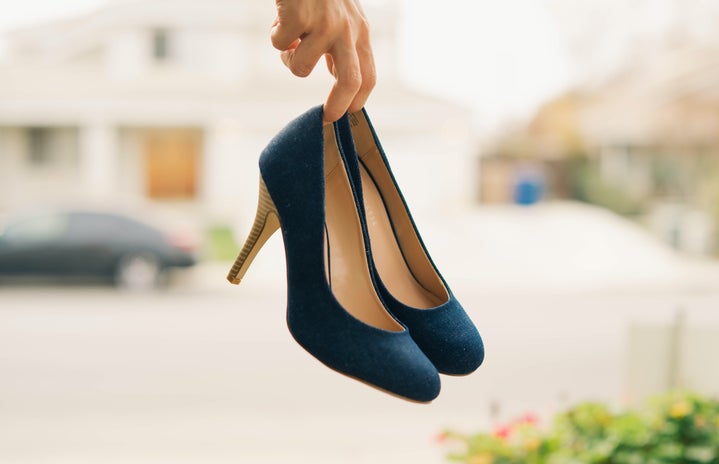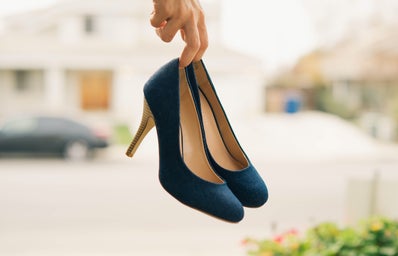Tabi’s Intoduction to the west
Mason Margiela, a French designer, introduced his split-toed shoes in his 1989 fashion show, which was iconic in and of itself as it was the first fashion show open to the public. Mason Margiela’s avant-garde style bleeds into the attire he designs, especially the Tabi shoes.His inspiration was mainly driven by traditional Japanese shoes and the 15th-century split socks popular in Japan, which mimicked the sandals worn with kimonos.
Tabi’s history in the east
This fashion show was not the first introduction of Tabi shoes but rather the first instance of a designer introducing them to a Western audience. Mason Margelia simply introduced his adaptation, which reapplied the original style of spit-toed shoes to modern fashion. These split-toe shoes have been popular in Japan for hundreds of years, not only because of their importance in tradition and culture but also because of the balance they offer, as they do not constrain feet. Jika Tabis are currently popular with construction and manual workers as they are reinforced to protect the foot. For information on the history of tabi shoes in Japan.
A limiting cultural Lens
Currently, as with many things we are not used to seeing, Tabis are controversial in the eyes of the Western audience. Without exposure to the history of Japanese culture and fashion, it is to be expected that the mass of people would be unfamiliar with the shoes and their origins. However, our cultural lens can be limiting. While it is valid and within everyone’s right to share their opinion, taking into account the cultural context of the shoe is consequential when criticizing an item of clothing to remain respectful and productive.
How Do i style tabi’s?
Tabi shoes are a versatile and charming staple and can be styled in a multitude of ways, from casual to classy. The sleek and structured design of the boots works well with loose, long, flowy skirts or pants. The flats work well with dress pants, jeans, mini skirts, and pants with a geometric aspect. Tabi shoes are a reference to Japanese culture and to the fun and wild nature of the first Mason Margiela show. This knowledge is critical to understanding and judging the shoe as we see it in the modern Western world.


